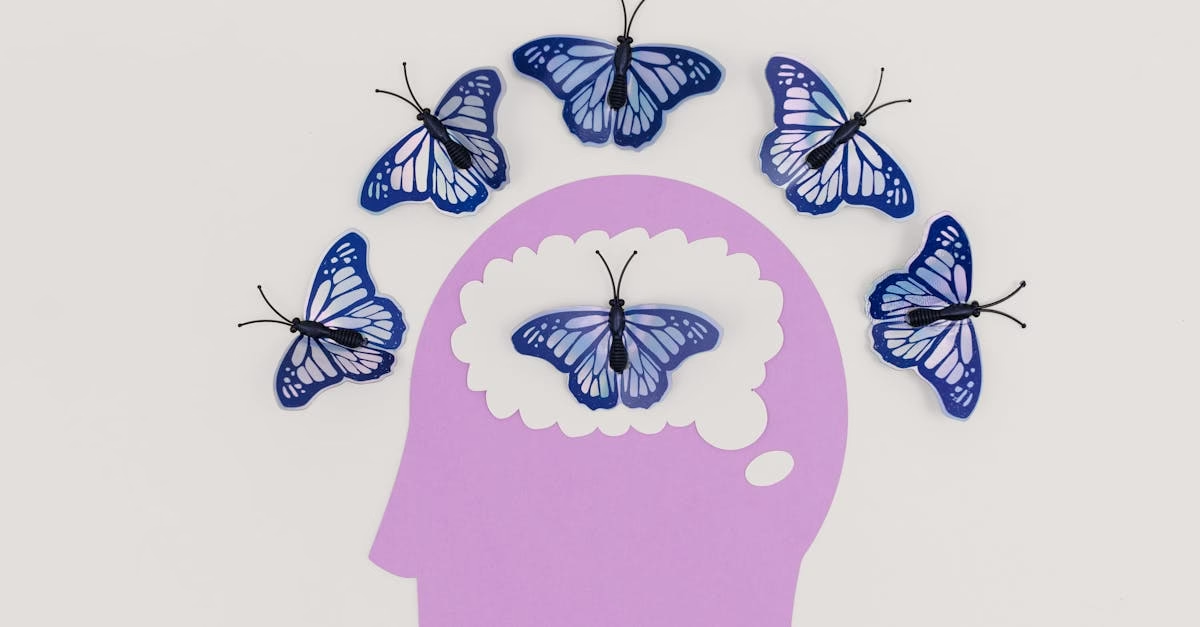What makes an AI agent intelligent? It’s not just code—it’s the powerful tools and smart systems working behind the scenes. These tools help agents see, think, learn, and act just like humans.
Background
AI agents are not built from scratch every time. They are developed using a set of powerful tools, libraries, platforms, and frameworks that form an ecosystem. These tools help in sensing the environment, learning from data, planning actions, making decisions, and interacting with the world. Just like a student needs books, pens, and a classroom to study, AI agents need their own toolkit to grow smart and useful. These include machine learning libraries like TensorFlow, agent frameworks like LangChain, planning tools like PDDL, and robot systems like ROS. Together, these tools make the development process faster, more flexible, and smarter. They also help agents learn from experience, work with other agents, and adjust to real-world environments. Understanding these tools gives young learners the ability to create their own AI projects, solve real problems, and become builders of the next generation of intelligent systems.
7 Main Tools and Ecosystems Used in AI Agents Development
- LangChain
- OpenAI Gym
- TensorFlow and PyTorch
- Hugging Face Transformers
- ROS (Robot Operating System)
- PDDL and HTN for Planning
- Vector Databases (FAISS, Pinecone)
1. LangChain
What is this Tool?
LangChain is a framework for building intelligent language-based agents. It connects large language models like GPT with tools, memory, and real-world tasks. LangChain lets developers create chatbots, decision-makers, or multi-step agents that use memory and logic. It acts like the brain’s communication center—linking thinking with doing.
- Connects language models to tools, memory, and APIs
- Supports agent planning, reasoning, and long conversations
- Can combine language with external tools like calculators or search engines
Why is it Required?
LangChain helps developers go beyond simple questions and answers. It builds advanced agents that can search, plan, and act in sequence. It also helps AI remember previous interactions, which is important for real-world use like personal assistants or customer support bots.
- Builds intelligent, goal-driven AI agents
- Supports long-term memory and multi-step reasoning
- Ideal for chatbots, assistants, and document-based agents
How it Works?
LangChain uses language models to decide what to do, then connects them to tools. It can use chains (step-by-step tasks), agents (decision-based tools), and memory (context recall). Developers define prompts, actions, and goals for the agent to follow.
- Uses chains for fixed flows, agents for flexible thinking
- Connects with tools like Google Search or APIs
- Stores history in memory modules to recall past actions
2. OpenAI Gym
What is this Tool?
OpenAI Gym is a platform for training AI agents using games and simulations. It is mostly used for reinforcement learning, where an agent learns by trial and error. It gives environments like mazes, games, or robot arms for agents to practice in.
- Offers simulation environments for agent training
- Used in learning-by-doing models like reinforcement learning
- Gives feedback on each action the agent performs
Why is it Required?
AI agents need a safe space to learn before they enter the real world. OpenAI Gym provides that. It helps agents learn from mistakes, get rewards, and improve over time. It’s like a virtual school for robots.
- Helps agents learn without real-world risk
- Supports performance testing before deployment
- Provides standard benchmarks for comparing agents
How it Works?
You pick an environment (like CartPole or MountainCar), and let the agent try actions. Each action changes the state of the environment. The agent learns from the reward it receives after each move.
- Simulates tasks and provides rules
- Gives feedback in the form of rewards or penalties
- Works with learning libraries like Stable Baselines and RLlib
3. TensorFlow and PyTorch
What is this Tool?
TensorFlow and PyTorch are machine learning libraries used to create and train models. They help build the learning brain of AI agents. These tools are used to recognize images, understand language, and predict outcomes based on data.
- Help in training neural networks and deep learning models
- Support supervised, unsupervised, and reinforcement learning
- Used in vision, language, speech, and control tasks
Why is it Required?
AI agents learn from data, and TensorFlow or PyTorch provide the structure and speed to build powerful learning systems. Without these tools, developers would struggle to design and train intelligent behavior in agents.
- Needed to create smart, learning-capable agents
- Offer tools to design and test complex neural networks
- Used in almost every AI application from health to robotics
How it Works?
You define a model architecture (like a neural network), feed it training data, and the system adjusts weights based on errors. These tools handle huge computations across CPUs or GPUs.
- Define, train, and test models using code
- Use optimizers and loss functions to improve accuracy
- Allow GPU acceleration for faster learning
4. Hugging Face Transformers
What is this Tool?
Hugging Face Transformers is a library that offers pre-trained language models like BERT, GPT, and RoBERTa. It helps AI agents understand, generate, or translate human language. It’s like giving your agent the ability to read and talk.
- Offers pre-built language models for quick use
- Handles tasks like summarization, translation, Q&A, and more
- Includes hundreds of models in multiple languages
Why is it Required?
Language is a big part of how humans and AI interact. Hugging Face makes it easy to use powerful models without training them from scratch. This saves time and resources while allowing agents to be language-smart.
- Speeds up development of language-based agents
- Reduces cost and time in building NLP systems
- Supports a wide range of tasks from chat to search
How it Works?
You install the library, choose a model, and pass input text. The model then returns answers, summaries, or responses based on its training.
- Load models using simple Python commands
- Pass input through tokenizers and models
- Get output in the form of text or labels
5. ROS (Robot Operating System)
What is this Tool?
ROS is a framework for building robot software. It allows robots to sense the world, move, plan actions, and communicate with other parts of their system. ROS connects all the moving and thinking parts of a robot together.
- Offers control systems, navigation tools, and sensor support
- Connects sensors, processors, and motors
- Provides real-time feedback and control
Why is it Required?
AI agents in physical robots need a way to sense, think, and act. ROS allows smooth communication between all robot parts—like camera, arm, and brain—so they work together in real-time.
- Required for real-world robotics and control
- Supports hardware like LiDARs, cameras, and motors
- Allows debugging and testing in simulators
How it Works?
ROS uses nodes to run different robot functions. Each node talks to others using topics and messages. It manages everything from sensors to decision logic.
- Launches sensor, logic, and movement modules
- Exchanges real-time data using messages
- Allows simulation with Gazebo for safe testing
6. PDDL and HTN for Planning
What is this Tool?
PDDL (Planning Domain Definition Language) and HTN (Hierarchical Task Networks) are tools for AI planning. They help agents figure out a sequence of steps to complete a goal, like delivering a package or making tea.
- Describe goals, states, and actions formally
- Used in decision-making and robotic task planning
- HTN breaks tasks into subtasks
Why is it Required?
AI agents need to act smartly, not randomly. These tools help agents build structured plans and follow them efficiently, even in complex environments.
- Required for intelligent, multi-step task execution
- Helps agents adapt to changing goals
- Used in logistics, games, and robotics
How it Works?
Developers define the problem using PDDL or HTN language. A planning algorithm then searches for the best sequence of actions to reach the goal.
- Define goals and available actions
- Run planners to generate action plans
- Integrate with execution tools for real-time updates
7. Vector Databases (FAISS, Pinecone)
What is this Tool?
Vector databases store and retrieve information in a way that helps AI agents find the most similar or relevant content. They use math to compare “meaning” rather than exact words.
- Store information as numeric vectors
- Help in semantic search and memory
- Scale to millions of records quickly
Why is it Required?
Agents need to recall past events or find the best-matching knowledge fast. Vector databases allow this by comparing meaning, not exact words. They are essential for memory, search, and context-aware reasoning.
- Speeds up memory and search operations
- Improves chatbot understanding and context
- Supports smart retrieval in real-time
How it Works?
Data is turned into vectors using embeddings. When the agent needs to search, it turns the query into a vector and finds the closest matches in the database.
- Convert text or image into embeddings
- Search by similarity in vector space
- Return results for reasoning or conversation
Conclusion
Building an AI agent is like assembling a smart machine using powerful tools. Each tool in the AI ecosystem has a unique job—from learning, planning, sensing, and speaking to acting in the real world. Together, they make the agent smart, responsive, and independent. Tools like LangChain help with language and planning. TensorFlow and PyTorch help in learning from data. ROS connects robot parts, while Hugging Face provides pre-trained language power. Vector databases give the agent memory, and OpenAI Gym lets it practice. Without these tools, creating a full AI agent would be slow and complex. With them, you can create anything from a talking chatbot to a delivery drone or a personal assistant. Understanding these tools gives young minds the power to build real AI projects and become creators of tomorrow’s intelligent systems. The future of AI depends on how well we use this ecosystem to build responsible, reliable, and helpful agents.




